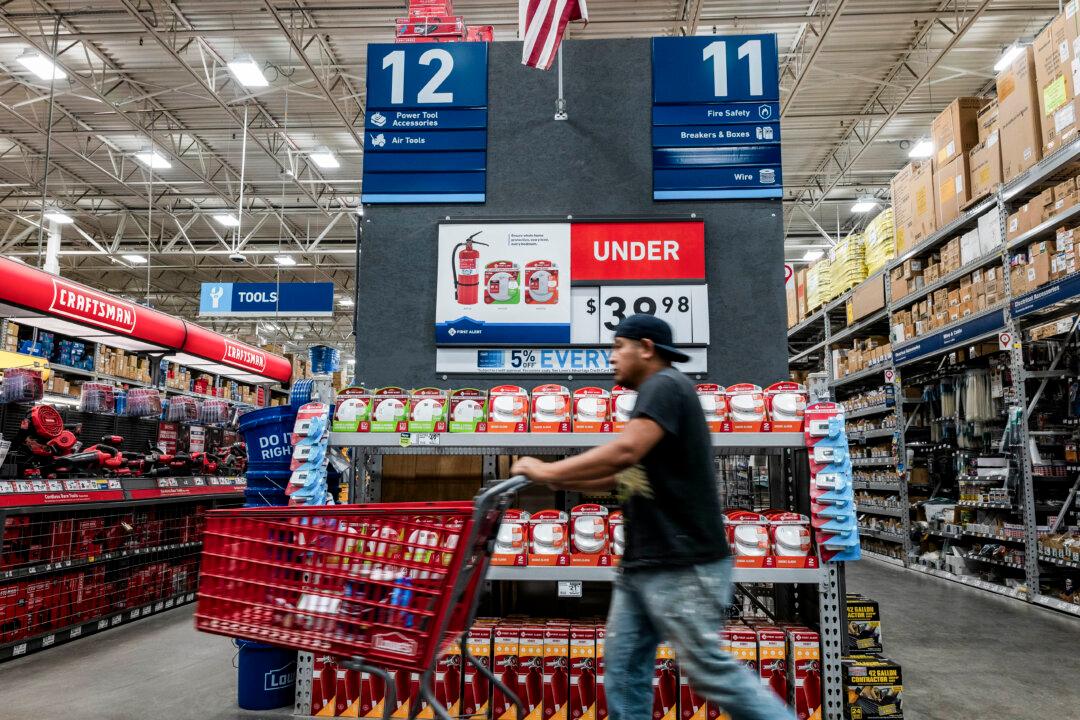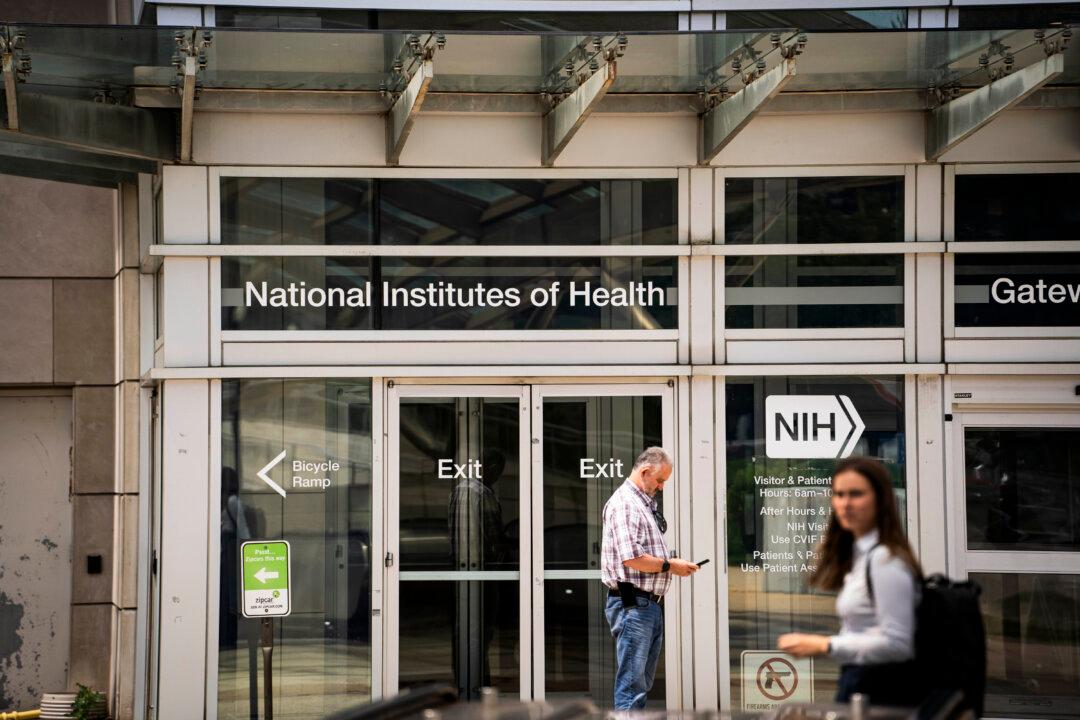Consumer confidence surged to a nine-month high in October, driven by an uptick in optimism in the condition of the U.S. labor market, and as Americans became far more upbeat about the direction of the economy in the months following the fast-approaching presidential election.
Consumers’ assessments of business conditions flipped positive in October, with a greater share of respondents expressing optimism than pessimism compared with September.
Appraisals of families’ current financial situation remained essentially unchanged in October, with a higher share describing it as “good” than “bad,” much like in the past several months.
Assessments of the labor market also improved after several downbeat months, with more consumers saying employment opportunities were “plentiful” and fewer indicating jobs were “hard to get.”
“Views on the current availability of jobs rebounded after several months of weakness, potentially reflecting better labor market data,” Dana Peterson, chief economist at the Conference Board, said in a statement.
Besides boosting consumer confidence, the blowout jobs report also appears to have tempered concerns about an economic downturn. The Conference Board report showed that recession fears fell sharply in October, with the perceived likelihood of a contraction over the coming year dropping to a record low.
“The proportion of consumers anticipating a recession over the next 12 months dropped to its lowest level since the question was first asked in July 2022, as did the percentage of consumers believing the economy was already in recession,” Peterson said.
Forward-looking assessments also generally improved. A measure of consumers’ short-term outlook for income, business, and labor market conditions jumped to 89.1 in October, higher than the threshold of 80 that typically signals an incoming economic downturn.
Also, consumers’ intentions to buy homes and new cars increased, as did plans to dine out, stay in hotels, and enjoy entertainment outside the home.
“Compared to last month, consumers were substantially more optimistic about future business conditions and remained positive about future income,“ Peterson said. ”Also, for the first time since July 2023, they showed some cautious optimism about future job availability.”
However, despite the uptick in consumer optimism about employment, a new government report released on Oct. 29 shows that more employers have put their hiring plans on hold—and workers are hanging onto their jobs.
Inflation fears persist among consumers, however, with The Conference Board report indicating that mentions of high prices and inflation continued to top write-in responses in October.
Even though inflation has slowed considerably from its peak of 9 percent in June 2022, consumers’ expectations for inflation one year ahead rose to 5.3 percent from 5.2 percent in the prior month.
The Federal Reserve cut interest rates by 50 basis points in September, citing falling inflation and a growing risk that high rates could damage the economy. Some business leaders have expressed concern about the persistence or possible revival of inflationary pressures.
Morgan Stanley CEO Ted Pick said during an Oct. 29 panel of finance CEOs in Riyadh, Saudi Arabia, that the era of near-zero interest rates and ultra-low inflation “is over,” predicting that central banks would hold rates at higher levels than many people expect.
Speaking at the same event, BlackRock CEO Larry Fink expressed a similar view, saying that he believes the level of “embedded” inflation has become greater than ever and that government policies continue to fan the inflationary flames.
“Today, I think we have governmental policies that are embedded inflationary and with that being said, I think we’re not going to see interest rates as low as people are forecasting,” Fink said.
Where inflation goes post-election is unclear, with both former President Donald Trump and Vice President Kamala Harris expressing support for policies to boost growth, which some economists believe have the potential to be inflationary.







